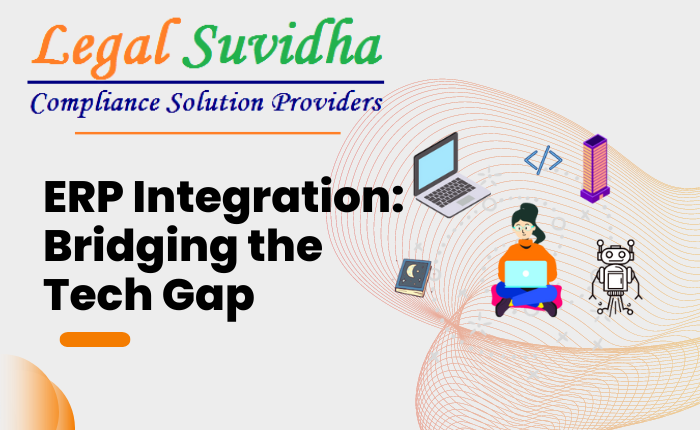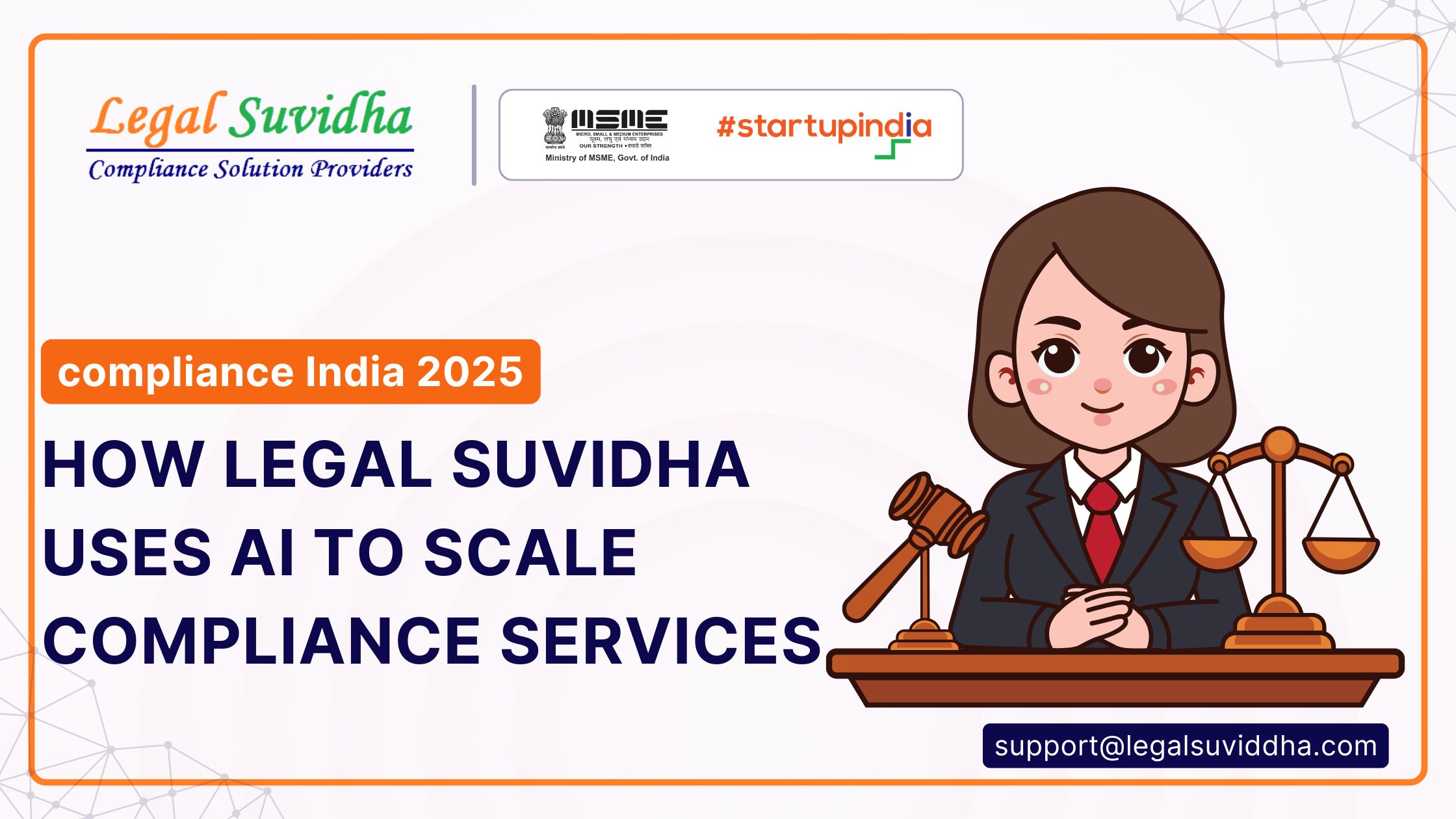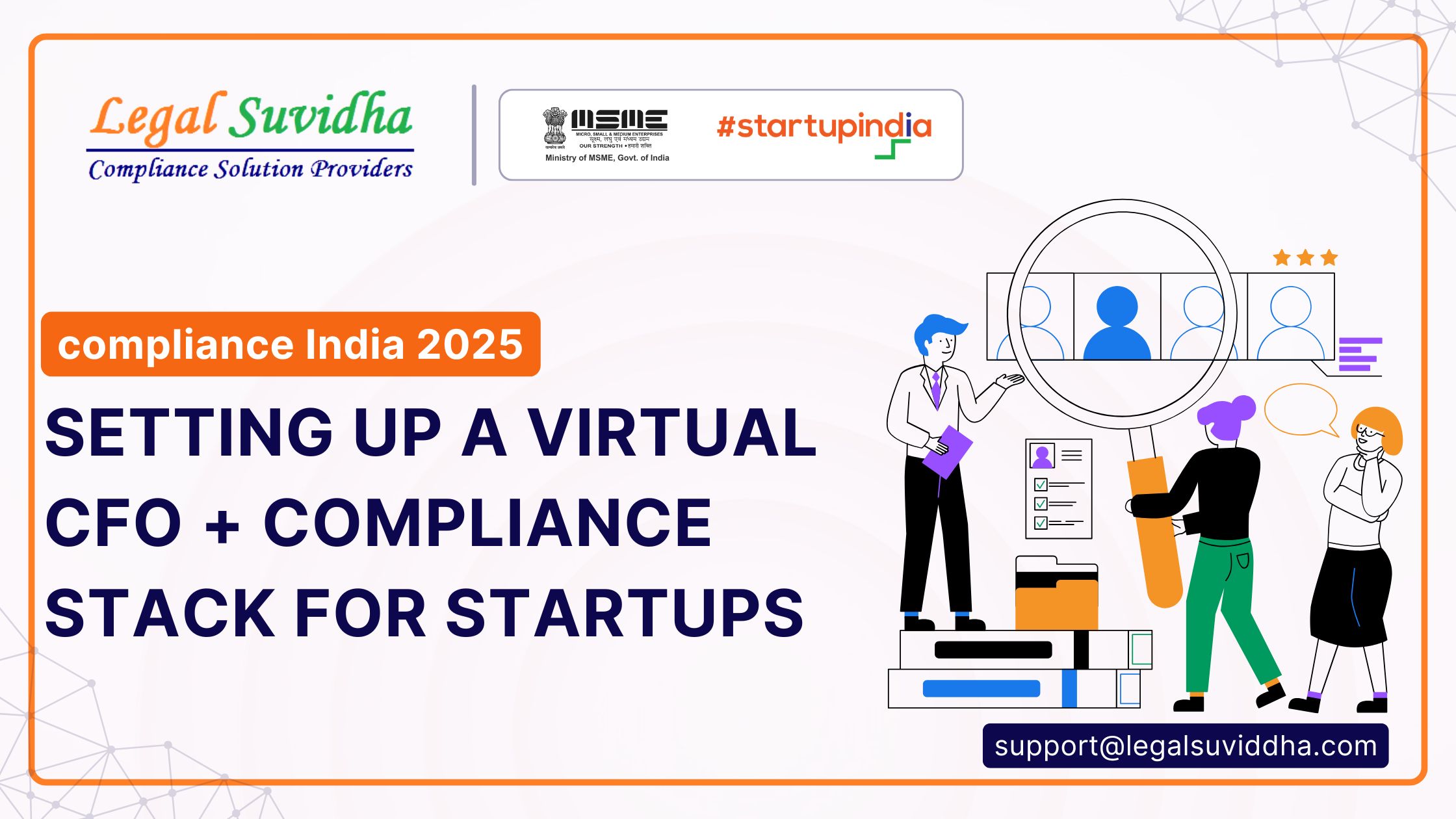In today’s fast-paced and highly competitive business landscape, staying ahead requires seamless integration of technology across all aspects of an organization. Enterprise Resource Planning (ERP) systems have emerged as a cornerstone of modern business operations, helping streamline processes, enhance efficiency, and improve decision-making. However, many companies still struggle with the challenge of integrating ERP systems with their existing tech infrastructure. In this blog, we will explore the importance of ERP integration and how it can bridge the technology gap within organizations.
Understanding the Technology Gap: The technology gap refers to the disparity between the capabilities of an organization’s existing tech infrastructure and the desired level of integration and functionality. Often, businesses have multiple software systems for various functions such as finance, human resources, supply chain, and customer relationship management. These disparate systems can lead to data silos, inefficient processes, and a lack of real-time visibility. Bridging this technology gap is crucial for achieving a cohesive and connected digital ecosystem.
The paucity of time for ERP integration and technology readiness in e-invoicing can pose significant challenges for businesses aiming to implement this system effectively. E-invoicing, also known as electronic invoicing, revolutionizes the way businesses exchange invoice documents by digitizing the process and enabling seamless communication between buyers and suppliers. This modern approach offers numerous benefits, including increased operational efficiency, reduced errors, and faster payment processing.
However, integrating e-invoicing with existing Enterprise Resource Planning (ERP) systems can be a complex undertaking. ERP systems serve as the backbone of a company’s operations, managing various essential functions such as finance, inventory, and sales. As a result, any integration process must be meticulously planned and executed to avoid disruptions to critical business processes.
Several primary challenges arise when faced with time constraints in ERP integration for e-invoicing:
1. Technical Complexity: ERP systems come in various configurations, requiring custom development or configuration adjustments to integrate seamlessly with e-invoicing platforms. This technical complexity often lengthens the implementation timeline, especially when there is a lack of specialized expertise.
2. Data Migration: Transferring existing invoice data to the e-invoicing system and ensuring data accuracy is a time-consuming task. It necessitates careful data mapping and validation to prevent errors or data loss during the migration process.
3. Testing and Validation: Comprehensive testing is crucial to ensure that the e-invoicing solution works seamlessly with the ERP system. Time constraints can compromise the thoroughness of testing, potentially leading to issues after implementation.
4. User Training: Adequate training for employees who will be using the e-invoicing system is essential to facilitate smooth adoption. However, when time is limited, there may be insufficient opportunities for comprehensive training, resulting in resistance and errors during the transition phase.
5. Legal and Compliance Requirements: E-invoicing is subject to specific legal and compliance requirements, which vary by region and industry. Meeting these standards within a tight timeframe can be challenging, requiring diligent effort and expert guidance.
To address the paucity of time and enhance technology readiness in e-invoicing ERP integration, businesses can consider the following strategies:
1. Prioritize Critical Functions: Identify the most critical functions within the invoicing process that requires immediate attention. By focusing on integrating these functions first, businesses can ensure that essential operations continue while gradually expanding the integration to cover other aspects.
2. Utilize Pre-Built Integration Solutions: Some e-invoicing providers offer pre-built integration modules tailored for popular ERP systems. Leveraging such solutions can significantly reduce the implementation timeline by providing ready-made tools that seamlessly connect the two systems.
3. Collaborate with Experienced Partners: Engaging with consultants or vendors experienced in e-invoicing ERP integration can be immensely beneficial. Their expertise allows for the streamlining of the integration process, ensuring a smoother implementation within the limited timeframe.
4. Automate Data Migration: Employing automated tools and scripts for data migration streamlines the process and minimizes the risk of errors. Automation accelerates data transfer, reducing the time and effort required for migration.
5. Plan for Incremental Updates: If immediate full integration is not feasible, businesses can plan for incremental updates to the system. By prioritizing high-impact features and gradually adding more functionality over time, they can make progress within the available timeframe.
6. Invest in User Training: Even with time constraints, providing adequate user training is essential for the successful adoption of the e-invoicing system. Offering interactive training sessions, creating comprehensive documentation, and providing ongoing support can help employees familiarize themselves with the new system and minimize potential disruptions.
7. Stay Updated on Legal Requirements: It is crucial to stay informed about the legal and compliance requirements for e-invoicing in your specific region and industry. Adhering to these regulations ensures that the integration remains compliant, reducing the risk of legal complications down the line.
The role of cloud technology in facilitating ERP integration
Cloud technology plays a crucial role in facilitating ERP (Enterprise Resource Planning) integration by providing a scalable and flexible infrastructure that supports seamless connectivity and data sharing across different systems and applications. Here are some key ways in which cloud technology enables ERP integration:
1. Infrastructure as a Service (IaaS): Cloud platforms offer infrastructure resources, such as virtual machines, storage, and networking, on-demand. This allows organizations to deploy their ERP systems in the cloud, eliminating the need for maintaining and managing complex on-premises infrastructure. The scalable nature of cloud IaaS ensures that resources can be easily provisioned or scaled up/down as needed to accommodate changing integration requirements.
2. Platform as a Service (PaaS): PaaS solutions provide a development and runtime environment in the cloud, which simplifies the integration process. By leveraging PaaS offerings, organizations can build and deploy custom integrations between their ERP system and other applications or systems. PaaS also often includes pre-built connectors and APIs that streamline integration with popular enterprise software.
3. Data Integration: Cloud-based integration platforms enable seamless data exchange between disparate systems, including ERP solutions. These platforms offer a range of integration capabilities, such as data transformation, mapping, and routing, to ensure that data flows smoothly between various applications. Cloud-based integration eliminates the need for point-to-point integrations, reducing complexity and enabling centralized management of integration processes.
4. API Management: Cloud-based API management platforms provide a standardized and secure way to expose and manage APIs. ERP systems can expose APIs that allow external applications or services to access and interact with ERP data and functionality. Cloud-based API management simplifies the process of creating, publishing, securing, and monitoring APIs, enabling efficient integration with ERP systems.
5. Collaboration and Communication: Cloud-based collaboration tools and communication platforms facilitate real-time collaboration and communication between different stakeholders involved in the ERP integration process. These tools provide features like document sharing, task management, and chat functionalities, which enhance coordination and streamline the integration workflow.
6. Scalability and Agility: Cloud technology offers unparalleled scalability, allowing organizations to expand their ERP integration capabilities as their needs grow. With cloud-based ERP integration, businesses can easily accommodate additional systems, data sources, or users without significant infrastructure investments or lengthy implementation processes. Cloud environments also support agile development methodologies, enabling faster integration deployment and iterative improvements.
7. Cost Efficiency: Cloud-based ERP integration eliminates the need for upfront hardware investments and reduces ongoing maintenance costs. Organizations can leverage the pay-as-you-go pricing model, where they only pay for the resources and services they consume. This cost-effective approach makes ERP integration more accessible to businesses of all sizes, enabling them to focus their financial resources on core business activities.
Overall, cloud technology provides a robust and flexible foundation for ERP integration, enabling seamless connectivity, data exchange, and collaboration between different systems and stakeholders. It empowers organizations to streamline business processes, enhance data visibility, and make informed decisions based on real-time information across their enterprise ecosystem.
Change management in ERP integration: Strategies for a smooth transition
Change management is a critical aspect of ERP (Enterprise Resource Planning) integration as it involves transitioning from existing systems and processes to a new integrated system. Implementing effective change management strategies can help ensure a smooth transition and maximize the benefits of ERP integration. Here are some strategies for successful change management during ERP integration:
1. Leadership Support: Strong leadership support is crucial for successful change management. Leaders should communicate the vision and benefits of ERP integration to employees and demonstrate their commitment to the process. They should actively participate in the change, provide guidance, and address concerns and resistance from employees.
2. Stakeholder Engagement: Engage key stakeholders throughout the ERP integration process. Involve employees from different departments and levels of the organization, including end-users, IT staff, managers, and executives. Seek their input, involve them in decision-making processes, and address their concerns. This collaborative approach promotes a sense of ownership and increases the likelihood of successful adoption.
3. Clear Communication: Establish a robust communication plan that keeps all stakeholders informed and engaged. Clearly communicate the reasons for ERP integration, the benefits it brings, and the impact on employees and their roles. Provide regular updates, address questions and concerns promptly, and ensure that communication channels are open and accessible.
4. Training and Education: Invest in comprehensive training programs to prepare employees for the new ERP system. Provide training sessions that are tailored to the specific needs of different user groups. Offer hands-on training, user guides, and documentation to help employees understand how the integrated system works and how it will affect their daily tasks. Continuous support and training after the go-live date are also essential.
5. Change Champions and Super Users: Identify change champions within the organization who can act as advocates for ERP integration. These individuals can support their colleagues, answer questions, and provide guidance during the transition. Additionally, identify super users who have a deep understanding of the integrated system and can provide expertise and support to other users.
6. Gradual Implementation: Consider a phased approach to ERP integration rather than a big-bang go-live. Start with a pilot phase involving a smaller group or department to identify and address any issues or challenges. Gradually expand the integration to other areas of the organization, allowing for adjustments and improvements along the way.
7. Address Resistance and Concerns: Anticipate resistance and address it proactively. Understand that change can be met with skepticism and fear, so provide a platform for employees to voice their concerns and provide feedback. Address their concerns openly and honestly, and highlight the benefits of the integrated system to alleviate resistance.
8. Post-Implementation Support: Offer post-implementation support to ensure a smooth transition. Provide dedicated support channels, such as a help desk or a designated support team, to address any issues or questions that arise after the go-live. Regularly monitor system performance, gather user feedback, and make necessary adjustments to improve the user experience.
9. Continuous Improvement: ERP integration is an ongoing process. Encourage continuous improvement by seeking feedback from users, identifying areas for enhancement, and implementing updates and optimizations. Regularly review and assess the effectiveness of the integrated system to ensure it aligns with changing business needs and objectives.
By implementing these change management strategies, organizations can minimize disruption, build employee buy-in, and maximize the benefits of ERP integration. Effective change management ensures a smooth transition, increases user adoption, and sets the stage for long-term success.
If You have any queries then connect with us at [email protected] or [email protected] & contact us & stay updated with our latest blogs & articles








